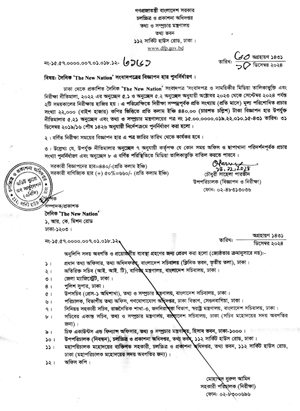Al Jazeera :
Escalating violence in conflict-torn Myanmar’s Rakhine State has forced another 45,000 minority Rohingya to flee, the United Nations warned, amid allegations of beheadings, killings and burnings of property.
Clashes have rocked Rakhine State since the Arakan Army (AA) rebels attacked forces of the ruling military government in November, ending a ceasefire that had largely held since a military coup in 2021.
The fighting has caught in the middle the Muslim minority group, long considered outsiders by the majority Buddhist residents, either from the government or the rebel side.
The AA says it is fighting for more autonomy for the ethnic Rakhine population in the state, which is also home to an estimated 600,000 members of the persecuted Rohingya Muslim minority, who have chosen to remain in the country.
More than a million Rohingya have taken shelter in neighbouring Bangladesh after fleeing Rakhine, including hundreds of thousands in 2017 during an earlier crackdown by the military that is now the subject of a United Nations genocide court case.
UN rights office spokeswoman Elizabeth Throssell told reporters in Geneva on Friday that tens of thousands of civilians have been displaced in recent days by the fighting in Buthidaung and Maungdaw townships.
“An estimated 45,000 Rohingya have reportedly fled to an area on the Naf River near the border with Bangladesh, seeking protection,” she said, as she urged the protection of civilians according to international law.
UN rights chief Volker Turk was urging Bangladesh and other countries “to provide effective protection to those seeking it, in line with international law, and to ensure international solidarity with Bangladesh in hosting Rohingya refugees in Myanmar”, she said.
But Al Jazeera’s Tanvir Chowdhury, reporting from Cox’s Bazar in Bangladesh, said that with more than a million Rohingya already in the country, the government has been reluctant to take more, leaving the latest refugees stuck on the Myanmar side of the border.
James Rodehaver, head of the rights office’s Myanmar team, described the horrifying situation many were fleeing from.
He said his team had received testimonies and seen satellite images, online videos and pictures indicating that Buthidaung town had been “largely burned”.
“We have received information indicating that the burning did start on May 17 … two days after the military had retreated from the town … and the Arakan Army claimed to have taken full control of the village.”
One survivor had described seeing dozens of dead bodies as he fled Buthidaung, while another had said he was among tens of thousands who fled the town only to find themselves blocked by the Arakan Army on the road west towards Maungdaw town.
Other survivors also said AA members had abused them and extorted money from them as they tried to make their way to Rohingya villages south of the town.
In the weeks leading up to the burning of Buthidaung, Rodehaver said the rights office had documented renewed attacks on Rohingya civilians by both the AA and the military in northern Rakhine, including through air strikes.
The team had documented “at least four cases of beheadings”, he said, adding that they had determined with a high level of confidence that those were carried out by the AA.
There have also been previous allegations of Rohingya being used as human shields.
Al Jazeera’s Chowdhury, said the Rohingya were “caught in the middle”.
“They are in a precarious situation,” he said, adding that recent Rohingya refugees who fled Myanmar had told him that both the AA and the military have been trying to recruit them to fight.”They are threatened that if they don’t join, their villages would be burned,” he said.




